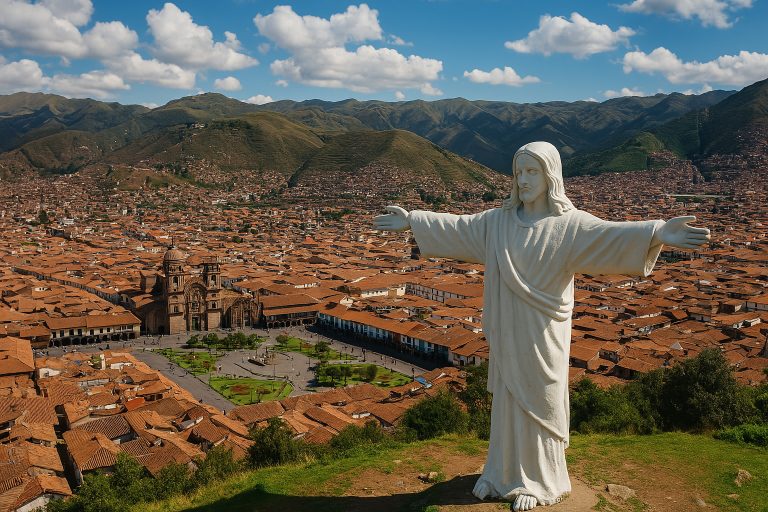Posted by Team Tunupa / April 26, 2025
Wondering how to adjust to high altitude in Cusco? Cusco, the ancient capital of the Inca Empire, sits at an altitude of 3,400 meters (11,150 feet) above sea level — which can pose some challenges for travelers not used to high elevations. Altitude sickness, or soroche, is common among visitors, but with a few simple precautions and practical tips, you can enjoy this incredible city without worrying about the effects of the altitude.
Here’s a helpful guide to effectively acclimate to Cusco’s altitude, ensuring a smooth and enjoyable experience.

Why is it important to acclimate in Cusco?
Cusco’s high altitude can cause discomfort in the body due to the reduced oxygen levels in the air. Some common symptoms of altitude sickness include dizziness, headaches, nausea, fatigue, and shortness of breath. To avoid these effects, it’s essential to give yourself enough time to adapt to the environment.
Tips for Acclimating to Cusco’s Altitude
1. Take it slow
When you arrive in Cusco, give your body time to adjust at its own pace. During the first 24 to 48 hours, avoid intense physical activity. A gentle walk through the historic center or simply relaxing on a terrace with mountain views can be a perfect way to begin acclimating.
2. Stay well hydrated
High altitude accelerates dehydration, so it’s essential to drink water regularly throughout the day. You can also try traditional herbal infusions like coca leaf tea or muña tea, both known for their natural properties that help the body adapt to the altitude.
3. Choose light, nutritious meals
Avoid heavy or hard-to-digest foods. Instead, go for gentle dishes like a warm quinoa soup, a Cusqueñan tamal, or an Andean salad — meals that provide energy without overwhelming your system.
4. Listen to your body and rest when needed
If you feel tired, dizzy, or short of breath, the best thing you can do is take a break. Getting good sleep and avoiding physical exertion during your first days is key to proper acclimatization.
5. Breathe mindfully
At higher altitudes, the air contains less oxygen. Practice deep, slow breathing: inhale through your nose, fill your lungs, and exhale slowly through your mouth. This helps oxygenate your body more effectively and keeps you calm as you adjust.
What to Do if Symptoms Persist
If, after a few hours of rest and self-care, your altitude sickness symptoms don’t improve or begin to worsen, it’s best to seek medical attention at a local health center. In Cusco, you’ll find clinics that specialize in altitude-related issues and can provide quick, professional assistance.
Where Can You Enjoy the City While You Acclimate?
While adjusting to Cusco’s altitude, a great way to ease into the experience is by exploring the historic center at a relaxed pace and enjoying a light, nutritious meal. Restaurants like Tunupa Cusco, located right in front of the Plaza de Armas, serve traditional dishes made with fresh, local ingredients — perfect for this stage of your trip. Options like quinoa soup, an Andean salad, or causa rellena let you experience Cusqueñan cuisine without putting too much strain on your body.
Conclusion
Adjusting to Cusco’s altitude doesn’t have to be a barrier to enjoying the city and all its wonders. Just remember to take your time, stay well hydrated, and choose gentle activities during your first days. Breathe calmly and let the city welcome you at its own pace. This way, you’ll be free to enjoy the history, landscapes, and culture — worry-free.





